Summer days can get long, which means our dogs spend more time in direct sunlight this time of year. Sometimes we forget that our pups get sunburned, just like we do, which can lead to skin damage, secondary infections, and skin cancer.
Just like sunscreen helps protect us, it can help reduce your dog’s risk of burns and skin cancer. A fur coat is not always enough to protect against the sun’s harmful rays.
There are many ways to help your dog reduce the risk of sunburn in the summer, including keeping them indoors when the sun is at its highest, sticking to the shade when walking, wearing protective clothing, and avoiding shaving their coat completely.
But many pet parents forget sunscreen as another protective measure for their dogs. Here’s what you should know about using sunscreen on your dog.
Which sunscreens are safe for dogs?
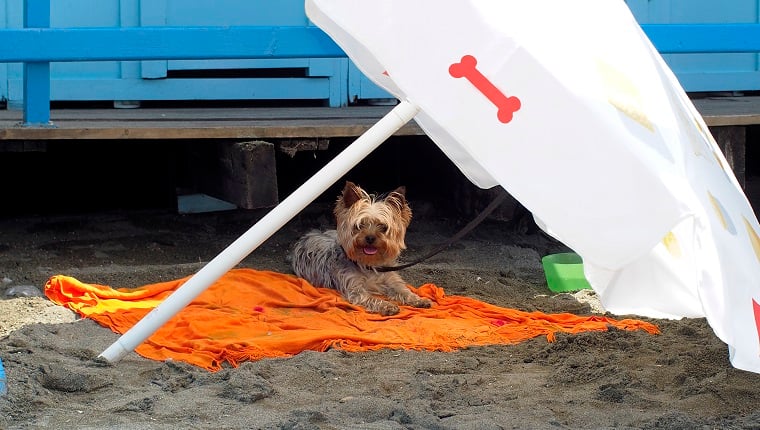
The best way to find safe sunscreen for your dog is to discuss it with your veterinarian. They can give personal advice for your specific dog, which this article may not be able to do.
Your veterinarian will have more experience and will be able to provide you with more detailed information. You should never use sunscreen on your dog that is designed for adult use, especially in areas where your dog can lick or chew.
If you’ve discussed it with your veterinarian and are looking for sunscreen online, your best bet is to stick to those made specifically for pets. It can be hard to find a trustworthy product because there is currently only one FDA-compliant pet sunscreen – it’s Epi-Pet Pet Sunscreen Spray.
This doesn’t necessarily mean it’s the only effective sunscreen for dogs, but you’ll need to read reviews and consult your veterinarian before choosing a brand.
Be careful
If you are in a pinch, and you absolutely must use a sunscreen that is not designed for dogs, then you can use a sunscreen with an SPF of 15 or higher designed for babies or children. However, you still have to check the ingredients before applying it to your dog.
Avoid any sunscreen that contains zinc oxide, which is a common ingredient but is toxic to dogs and may cause anemia. Also avoid para-aminobenzoic acid (PABA) and artificially scented sunscreens, as these can also be toxic to dogs.
With any sunscreen, you should apply a small amount of sunscreen to your dog’s skin to see how they react. Any substance can cause an allergic reaction or irritation, so you should definitely check how your dog handles it before covering them.
If their skin shows signs of irritation, then you may want to talk to your veterinarian and try different brands. You should also make sure that your dog is not trying to lick off the sunscreen.
Which dogs need sunscreen?
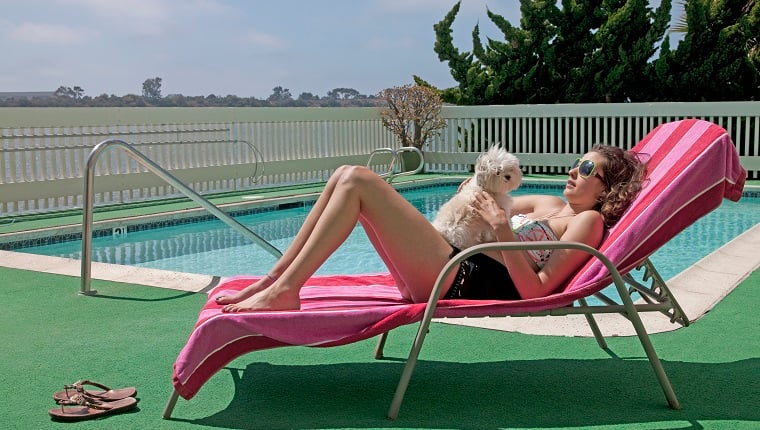
Any dog can benefit from sun protection, but some dogs are more prone to sunburn, and sunscreen can help prevent this.
Dogs at greater risk of sunburn and skin cancer due to exposure include:
- There is a white or lighter coat or skin
- Is suffering from hair loss
- Shaved
- There are light coats, including pit bulls, pit bulls, greyhounds, and other short-haired breeds
Obviously, dogs that spend more time outdoors in direct sunlight are also at greater risk, just as dogs that prefer to lie in sunny places when indoors.
Dogs that have been sunburned in the past should definitely wear sunscreen to prevent further injury.
Remember that sunscreen is just one of the many ways to protect your dog from the sun.
When should you apply sunscreen to your dog?
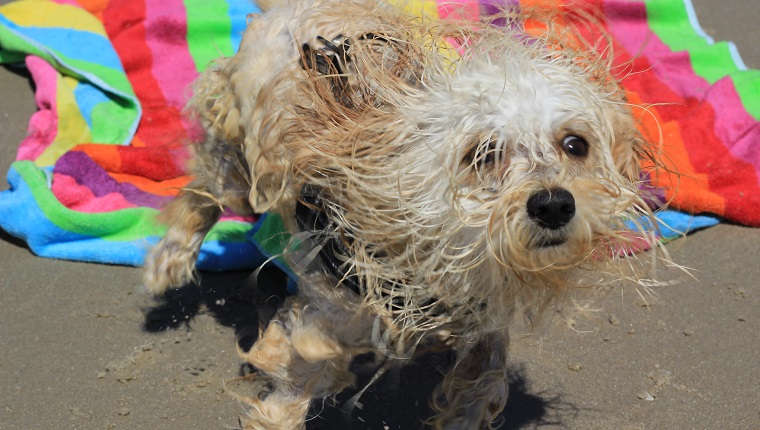
You should apply sunscreen to your dog when your dog is exposed to direct sunlight outdoors for more than a few minutes, or when they like to lie in a sunny place when they are indoors.
This is especially important during periods of the sunniest between 10 a.m. and 2 p.m. You should reapply sunscreen to your dog as recommended throughout the day.
You should also wear sunscreen when you go on long walks or hikes, trips to the beach or dog park, boat trips, and any other fun outdoor activities.
Where should you apply sunscreen to your dog?
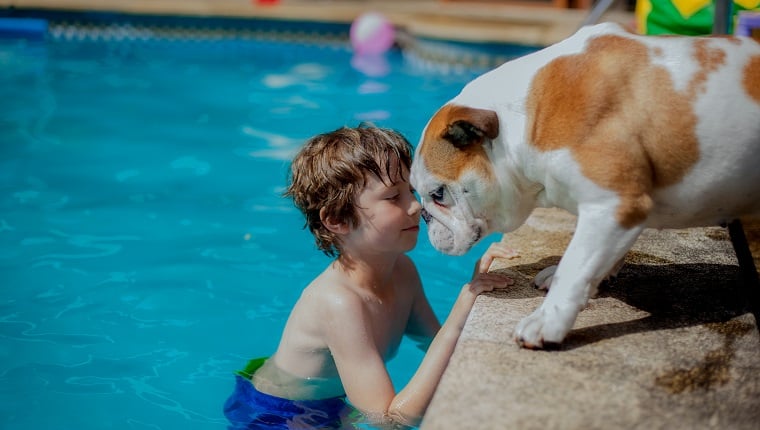
You can apply sunscreen everywhere on your dog, but the most important thing is to apply it to exposed areas or areas that don’t have much fur coverage.
Areas you should focus on include the nose, face, ears, lips, abdomen, and groin. If your dog has any areas of light skin, especially pink skin on and around the nose, pay special attention to these areas.
For dogs suffering from hair loss, be sure to apply any plaque to thinning areas of hair, and if your dog has been sunburned in the past, cover these areas to avoid further damage.
Follow any instructions on the package or ask your veterinarian for more information on how to properly apply sunscreen to your dog.
Which sunscreen should you use for your dog?
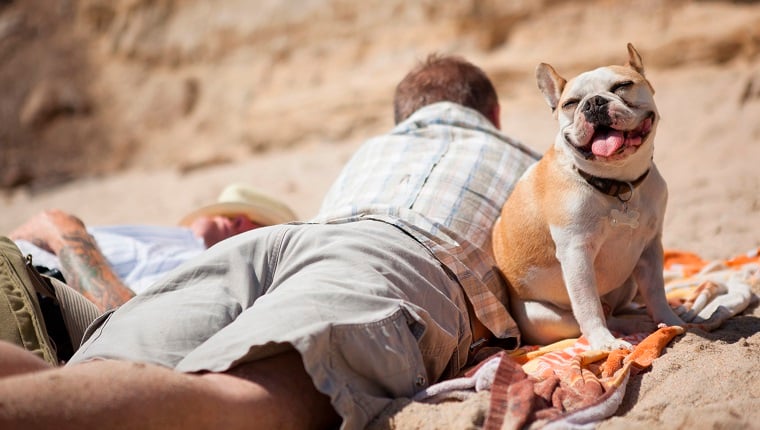
Sunscreen for dogs comes in many different forms. These include creams, sprays, wipes, and sticks that you apply like deodorant. You should seek advice from your veterinarian and decide which method is best for you and your dog.
As for what brand of sunscreen to buy for dogs, there are many options on the market, and decisions should be made based on the opinions of veterinarians, online reviews, and recommendations from friends and family.
